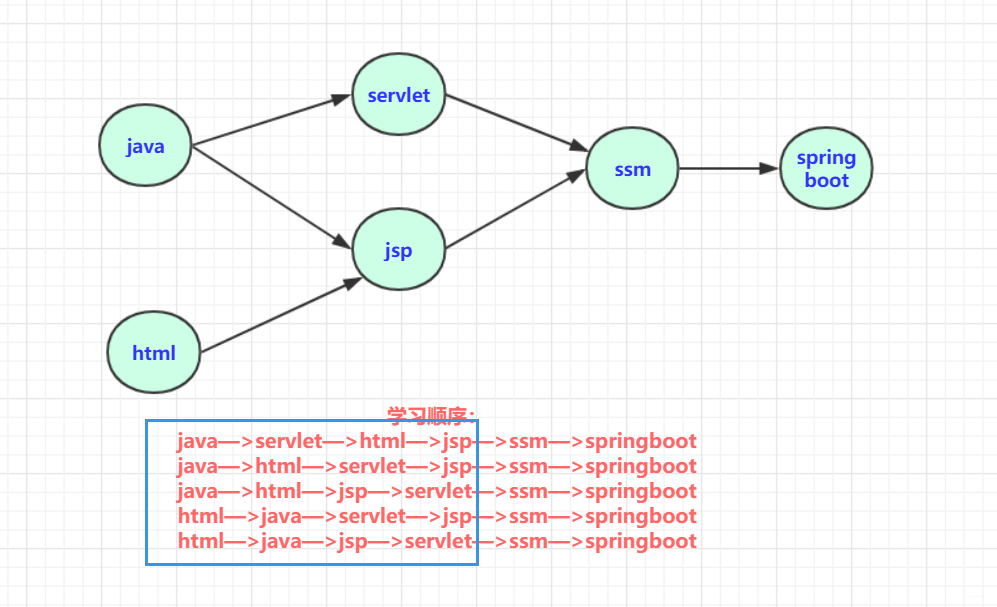算法拾遗-简单算法的伪码实现
看了算法设计相关的书,写伪码是算法设计的基本功。解决一个问题,看似最终是用具体的编程语言实现的,但是用伪码最能表现其思想,好的伪码,可以把问题阐述的非常简单清楚,代码就水到渠成了。比如插入排序算法,我们可以写一个c++实现算法,但是用一个伪码更能体现出其过程。
同时,写设计算法时,要保证其是理论正确的,能够证明的,而不是依赖debug
辗转相除法求最大公约数:
//用来递归,思想很简单,同时写法上没有定义gcd函数的返回值
gcd(small,big):
r = big % small;
if (r == 0)
return small;
return gcd(r,small);
一个最简单的求无序列表最大值的伪码:
// 求列表最大值得伪码,越简单越清晰越好
a1,a2... an;
max =a1;
for i= 2 to n
if ai>max then
set max = ai
return max
在尝试些一个插入排序:
a1,a2,a3...an
//这就是复杂一些,但是伪码看还是很清晰的,也容易发现错误
for i=2 to n
for j = 1 to (i-1)
if ai < aj then
set temp = ai
for k = j to i then
ak+1 = ak
set aj = ai;
这个算法是否和求(a,b)直接的素数相似呢?不相似,虽然都对范围内的数进行了处理
拓扑排序的问题只对有向图有效,并且引入出度和入度的概念,就非常好理解了。如果凭空去寻节点的前项节点,真的不好搜寻,这个算法还是很奇特的。主要有两个步骤,1.在图中查找入度为零的节点,2.将这些节点删掉,并删除路径,然后继续循环。

topologicalOrder(G(V,E)):
intialize the result list;
while G is not null
for all node in G:
find the nodes with no incoming edge
add the nodes in list
//这个过程中,G是在不断的改变的。
remove the nodes from G,remove the related edges
插入排序的伪码:
input: an array a of length n with array elements numbered 0 to n − 1 inc ← round(n/2) while inc > 0 do: for i = inc .. n − 1 do: temp ← a[i] j ← i while j ≥ inc and a[j − inc] > temp do: a[j] ← a[j − inc] j ← j − inc a[j] ← temp inc ← round(inc / 2)
// while和for混合使用,是应为循环的判断条件不同
日进有功


 浙公网安备 33010602011771号
浙公网安备 33010602011771号